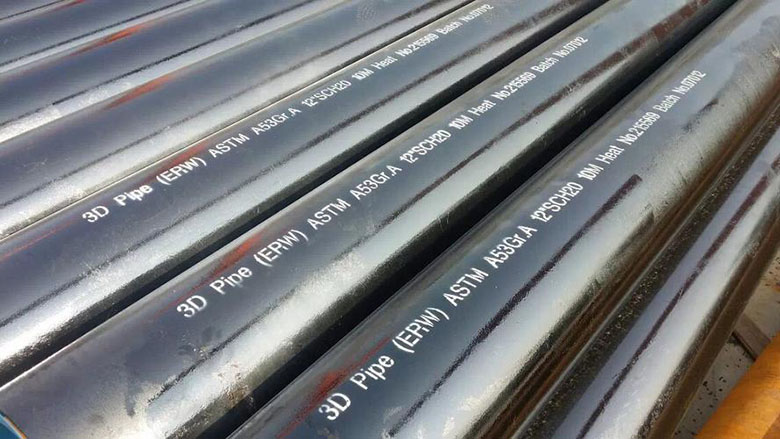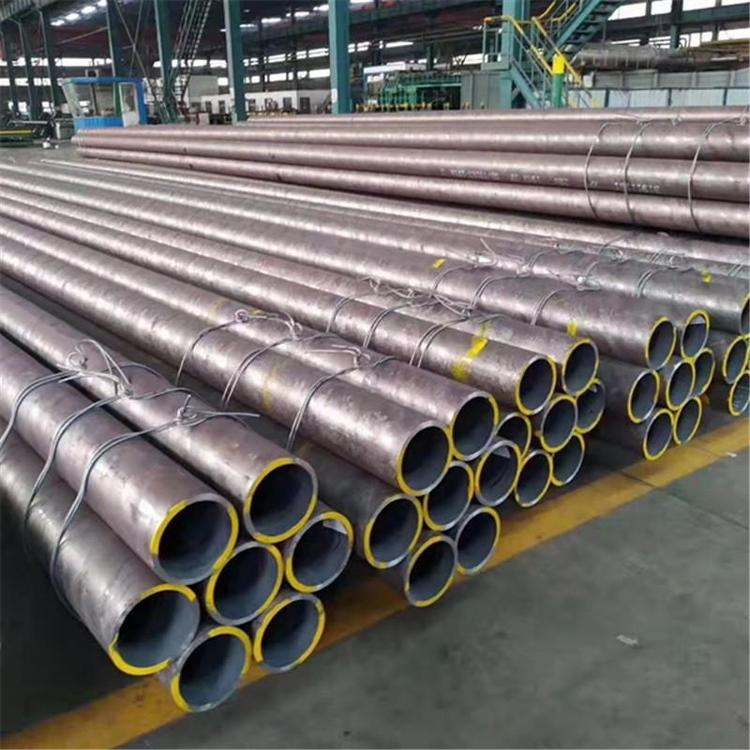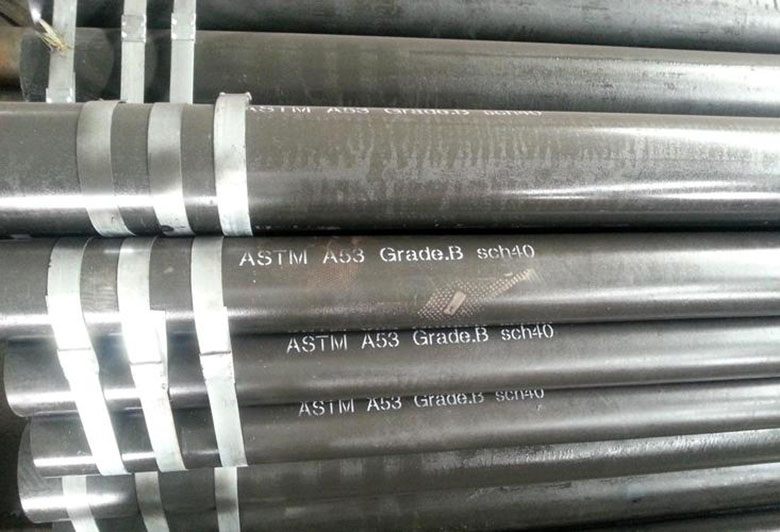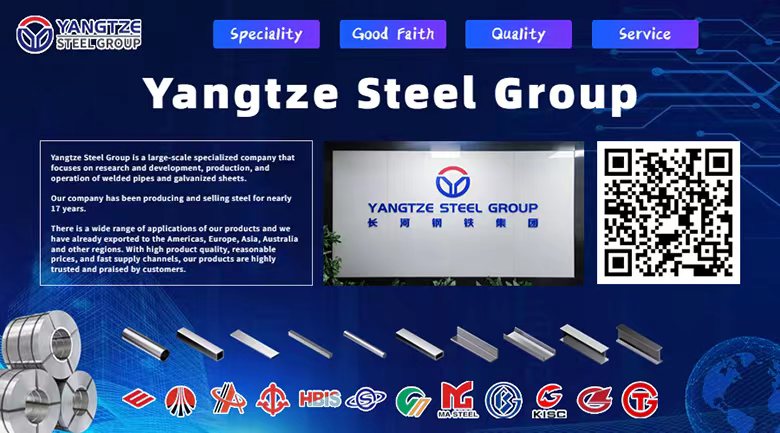Is A106 better than A53?
ASTM A53 specifications cover seamless and welded steel pipe manufacturing types, carbon steel and black steel materials. The surface is natural color, black and hot-dip galvanized, galvanized steel pipe. Available in diameters NPS 1⁄8 to NPS 26 (10.3 mm to 660 mm), nominal wall thickness.

ASTM A106 standard specification covers seamless carbon steel pipe for high temperature applications.
A106 seamless steel pipes are mainly used to transport high-temperature fluids such as water, oil, and gas. The pipes are divided into three grades: A, B, and C. They have excellent mechanical properties and corrosion resistance. A106B material has higher hardness and strength than A53 material, and is more suitable for high temperature and high pressure environments. In addition, A106B has a more refined manufacturing process and better seamless performance, which can ensure the sealing and stability of the pipeline.

The A53 standard includes two types of general-purpose carbon steel pipes, seamless and welded, which are usually used to transport liquids and gases and have good weldability and processability. ASTMA53 seamless steel pipe has high strength and toughness and can withstand large pressure and tension, ensuring the safety and stability of the pipeline system. At the same time, it also has excellent corrosion resistance, can resist the erosion of chemicals such as acids and alkalis, and is suitable for a variety of harsh environments.

To sum up, A106 and A53 have their own advantages in performance. Which material to choose mainly depends on the specific application requirements and scenarios. In some situations where higher hardness and strength are required, A106B may be more suitable; while in situations where good welding performance is required, ASTMA53 may be more suitable. Therefore, it is recommended to choose the appropriate material based on specific needs and scenarios.









